Classics School Trip To Rome & The Bay Of Naples
Take your classics students to Italy and combine the archaeological sites of Rome at the heart of the Empire with preserved Roman cities on this Classics school trip to Rome and the Bay of Naples.
Highlights
The Colosseum, largest amphitheatre in the world
Learn ancient combat techniques at Gladiator School
Discover eerily well preserved Pompeii
Roman frescoes at Villa Oplontis
Royal Grammar SchoolI have used Travelbound for 6 of the 7 Classical Tours that I have organised and they are by far the best (organisation and value for money).
Suggested itinerary
What's included*
*Please note, entrance fees where applicable are not included in typical price – contact us for more details
Recommended excursions
The Colosseum is the most spectacular surviving edifice of ancient Rome and the largest amphitheater in the world. See the arena where senators, Vestal Virgins and the masses watched gory gladiatorial conquests, battle reenactments, executions and mythological dramas. A visit here helps students to understand the importance of the spectacle in Roman society.
The centre of the Roman Catholic Church is home to the awe-inspiring Renaissance masterpiece Basilica di San Pietro and the Vatican Museums, with rich collections from classical sculpture to Egyptian pieces, Renaissance paintings and the legendary Sistine Chapel. Students learn how the Vatican gained its position and explore its contemporary meaning.
One of the best-preserved Roman buildings in the world, the Pantheon has been used as a Catholic Church since the 7th century AD. Built as a temple dedicated to all the gods, an excursion to the Pantheon offers the perfect opportunity to discuss the role of religion in Roman society.
This sporty workshop lets students walk in the shoes of gladiators. Instructors teach them ancient combat techniques and explain the gladiators’ life and times. Students wear a traditional tunic, Roman sandals, belt and protective gloves, and use a wooden training sword. On completion they receive a medal declaring them a ‘Tiro’, or first level gladiator.
Visit the centre of classical Rome with your students, and stand on the spot where the great orators made their names. Now a sprawling ruin of architectural fragments in the city centre, the Forum was the site of processions, elections, public speeches and criminal trials. Tip: A visit here is a good starting point for discussions on the life and times of Cicero.
Explore the underground burial chambers tucked beneath the Eternal City, on a guided tour of Rome’s Catacombs. An eerie experience for even the bravest of hearts, your students will gain a fascinating insight into the city’s history by exploring what lies beneath its streets. Photo © Dennis Jarvis.
Tip: The Christian catacombs house important examples of early Christian art, from before 400AD
Symbolic of a pivotal point in Roman history, the Arch of Constantine is great for groups interested in the later Roman Empire. This monument to the Emperor Constantine’s victory on the Milvian Bridge – with friezes praising him in battle and civilian duties – ignites debate on the roles of war, victory, change and continuity in Roman society.
This once opulent villa was built as a retreat from Rome for the Emperor Hadrian in the 2nd century AD. In the later years of his reign he governed the empire from here, and it was then used by his successors. In the ruins, gardens and fountains, students can see evidence of the extravagant tastes of the emperors and cardinals who once lived there.
Overlooking the Forum, this was once the smartest address in the Roman Empire. Students can investigate the remains of extravagant palaces built here for emperors including Tiberius and Domitian. The hill is said to be where Romulus killed Remus in 735BC, and in 2007, a sacred sanctuary dedicated to the brothers was unearthed here beneath the house of Augustus.
Founded around the 4th century BC, Ostia served as Rome’s port city for centuries until the Tiber changed course, leaving the town high and dry. Excavations have revealed a remarkably intact Roman town in a tranquil, green setting, 30km southwest of Rome. As well as beautifully preserved buildings, the site is known for its impressive frescoes and mosaics
Probably the most famous archaeological site in Italy, Pompeii is located just 25km away from Naples. Life in this rich and prosperous city was dramatically and brusquely interrupted in 79AD when Vesuvius erupted and totally buried it. A visit to the excavations gives students a pretty good idea of what life must have been like here two thousand years ago.
A hike up to the crater of this famous active volcano provides splendid views and a fresh perspective on the landscape. The whole Vesuvian area was turned into a national park in 1995. Your group can discuss the disastrous eruption of 79AD, which destroyed Pompeii, Herculaneum and Stabiae.
When Mount Vesuvius erupted in 79AD, the city of Herculaneum was engulfed in an avalanche of mud that preserved the buildings and streets. The excavated city today can be explored on foot, giving students a fine example of Roman lifestyles and architecture.
Tip: Herculaneum is a lot less busy than the more famous Pompeii.
This seaside villa is believed to have been owned by the Emperor Nero, and used by his second wife, Poppaea Sabina. It houses some of the best preserved Roman frescoes in the world. Examining these beautiful examples of Roman design, your students will gain an insight into the drastic contrast between the lives of the rich and the slaves of Roman society. Photo © Ho Visto Nina Volare.
A ferry trip from Sorrento to the Island of Capri gives students a great opportunity to observe the geography of the coastline from a different perspective. The island is famed for its lemon groves, natural beauty and expensive boutiques, with highlights including the impressive Villa San Michele.
Located close to the ruined city of Herculaneum, this multi-sensory experience recreates a vision of the region before the eruption of Vesuvius in AD 75. Through technology including 3D reconstruction, holograms, synchronized multi-projections and hypersonic sound, the sites of Pompeii, Herculaneum, Baia, Stabiae and Capri are brought to life. This visit can be combined with Herculaneum or Mount Vesuvius.
Descend 40m below the streets of Naples into a subterranean world of quarries and tunnels dating back 2,400 years. The caverns and passageways not only provided building stone for the city but have also been used as an aqueduct and cisterns, Roman access passageways and most recently provided shelter during WWII. The visit also includes the ruins of a Greco-Roman theatre where the Emperor Nero once performed.
Enhance your students experience at Pompeii and see the ancient city in a new and exciting way. At key points of interest put on your Virtual Reality headset and travel back 2,000 years in time. The streets, temples, theatres, markets, shops and houses come to life before your eyes in 3D and in 360°. The visit will be accompanied by tour assistants to help with the equipment. It is also possible to add a qualified guide.
This is the oldest Greek settlement on mainland Italy known as Magna Graecia and was founded in the 8th or 9th century BC. Excavations in the early 20th century unveiled ancient crypts, tunnels and caves. The ruins abound with Greek mythology including Virgil’s tale that it was here the Cumaean Sibyl directed Aeneas to Hades. The Temple of Apollo is built on the site where Daedalus is said to have flown in Italy escaping King Minos in Crete. At the top of the ancient acropolis are the ruins of the Temple of Jupiter.
This is the third largest amphitheatre in Italy and it is likely the structure was built by the same architects who built the Coliseum in Rome. The original interior is largely preserved thanks, in part, to the Solfatara volcano which partially buried the amphitheatre. This is a great location for pupils studying Roman history.
Baia was an important Imperial coastal resort in Roman times. It was here that Caligula built a villa & Nero murdered his Mother Agrippina. Seismic activity caused the land to sink beneath the sea submerging parts of the ancient Imperial city. Take a guided trip on a glass bottom boat to see the ruins which are now a marine archaeological park. The boat trip is available from March to early November weather depending.
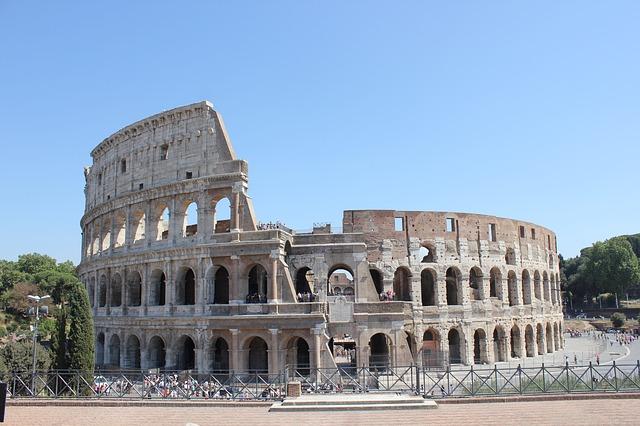
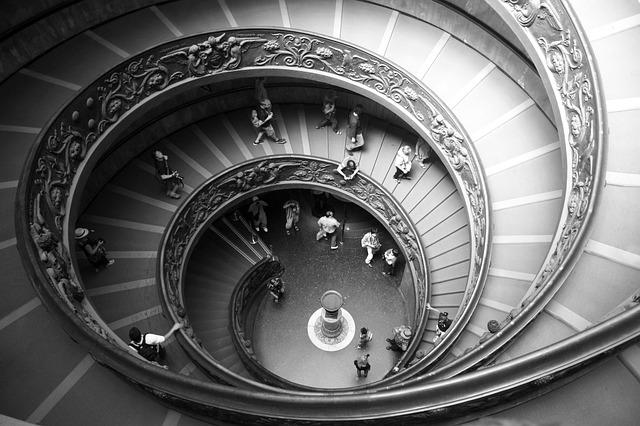
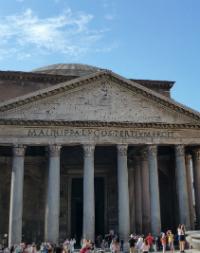
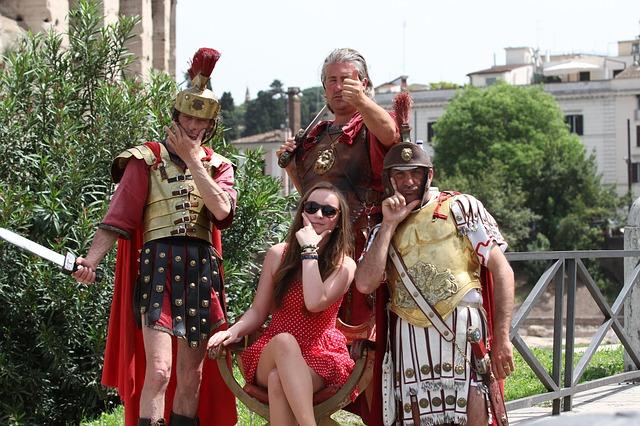
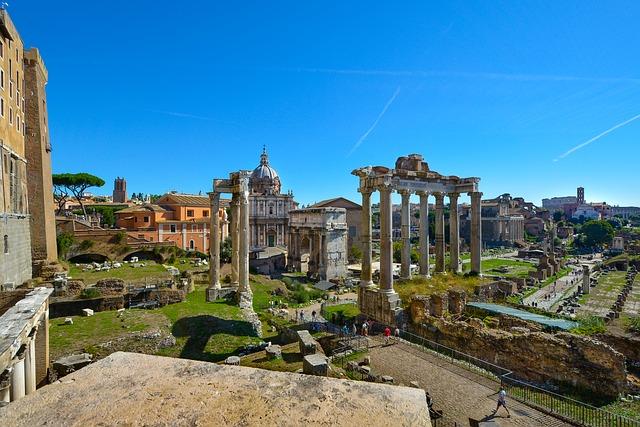
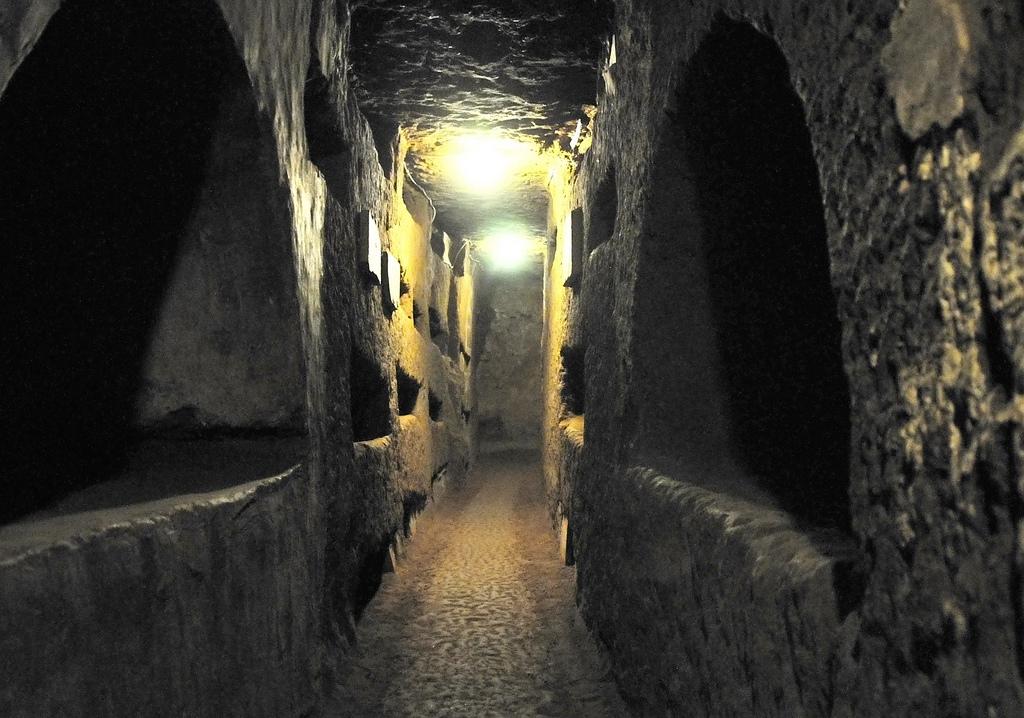
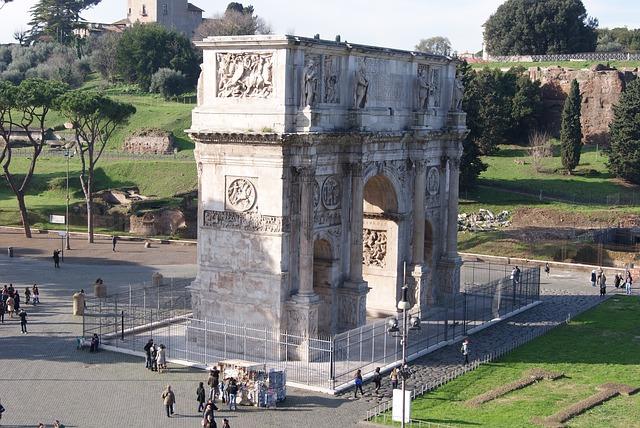
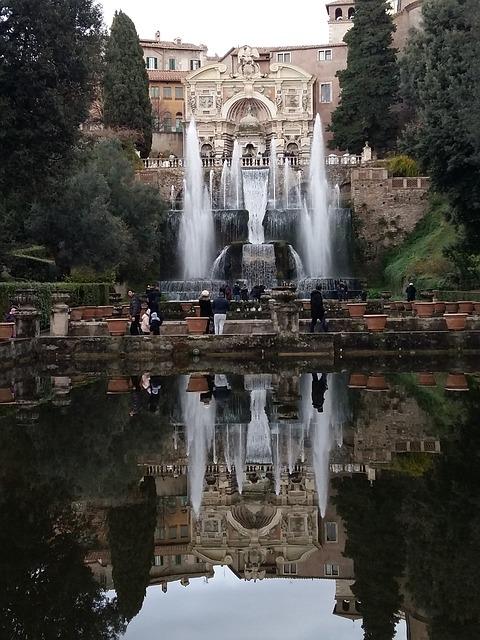
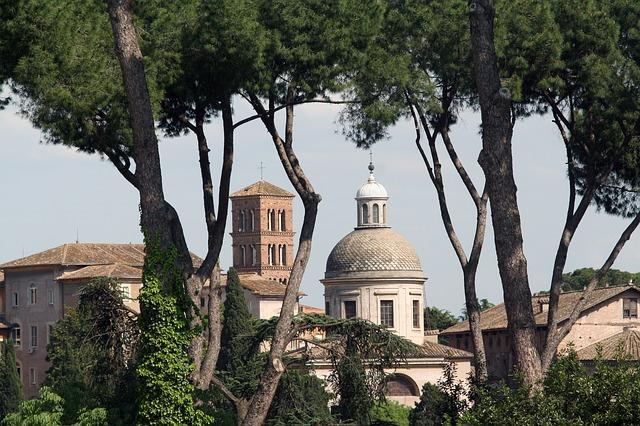
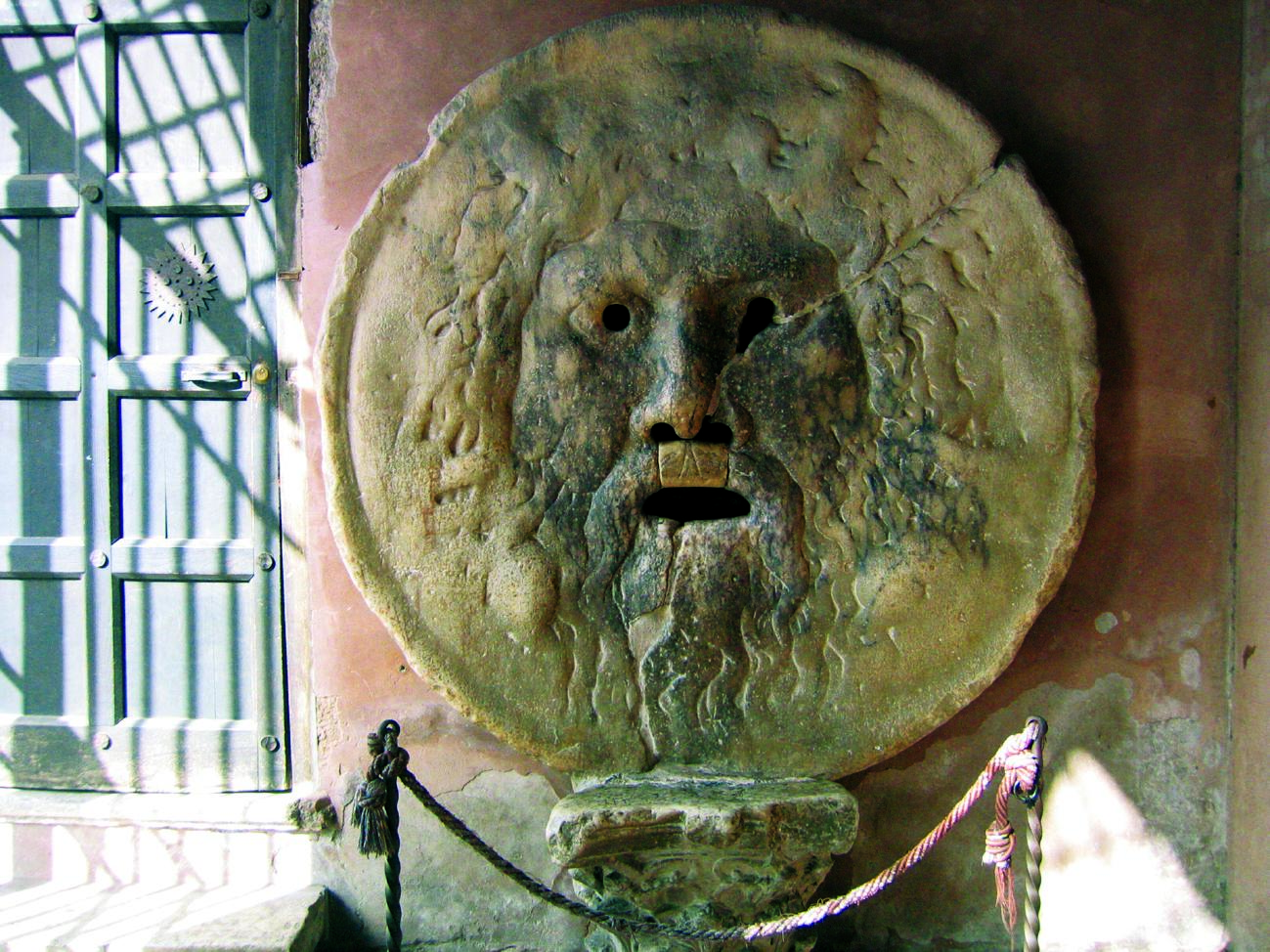
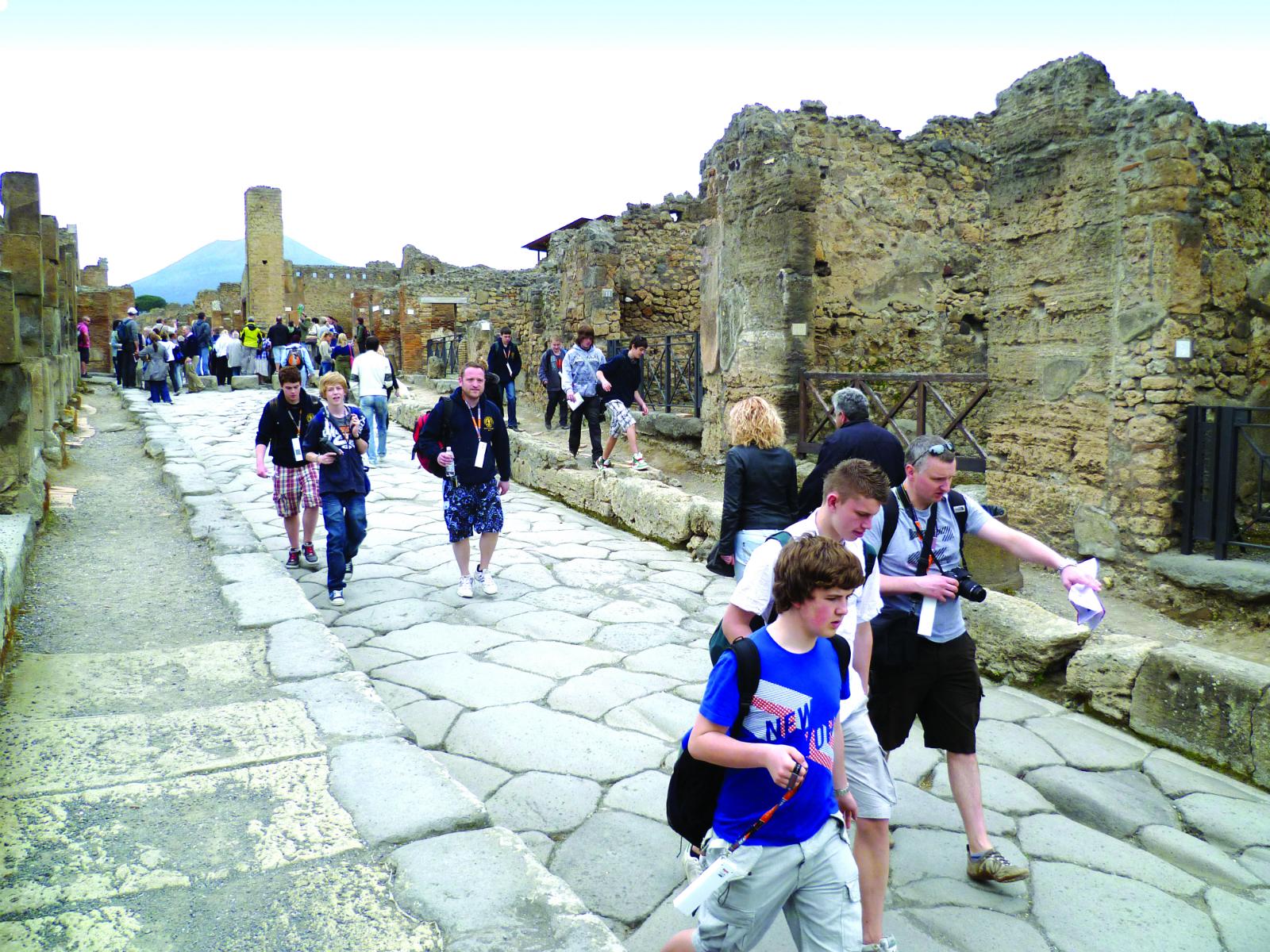
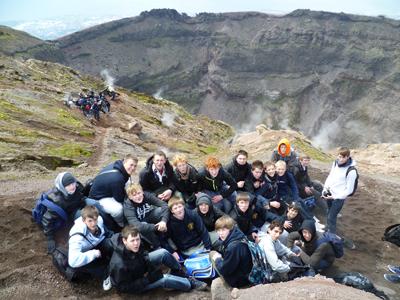
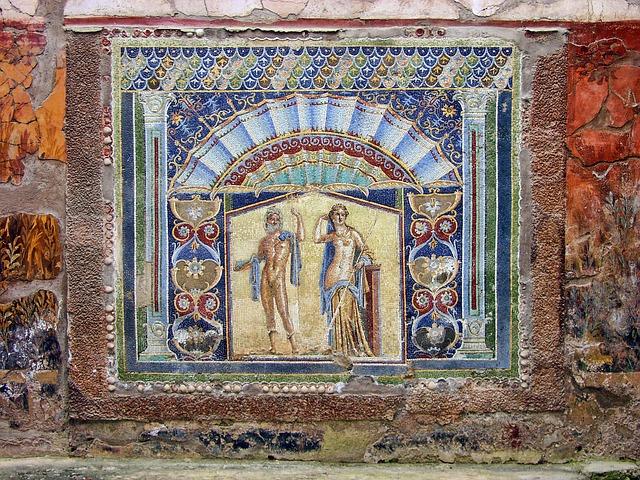
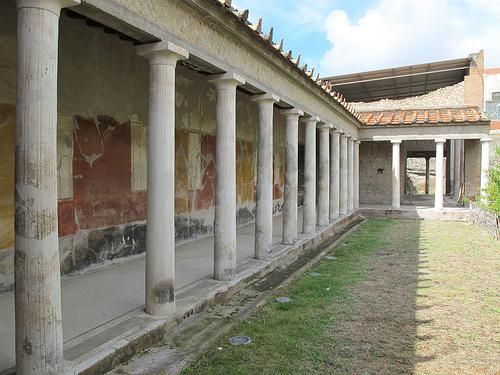
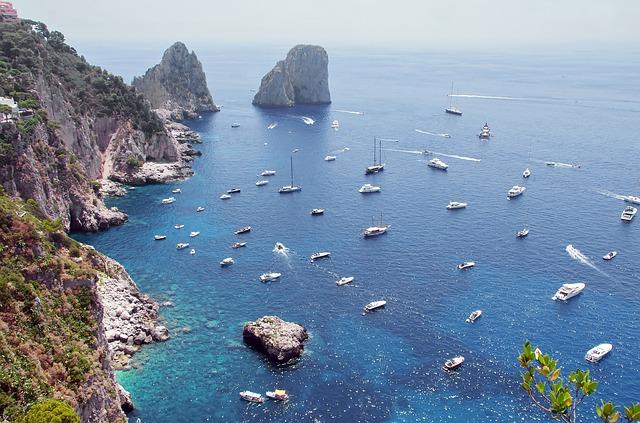
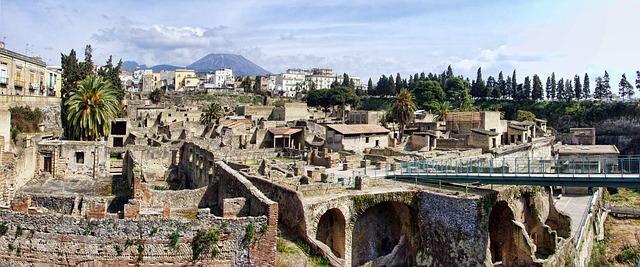
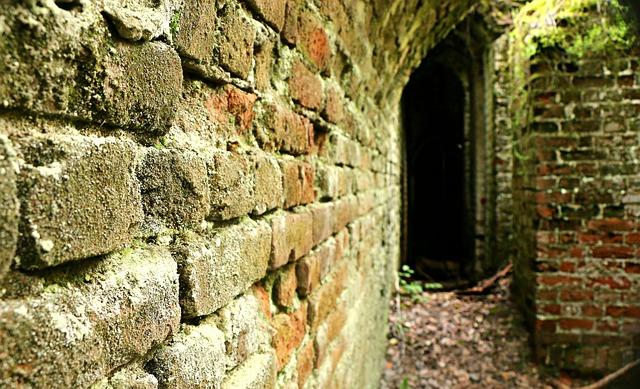
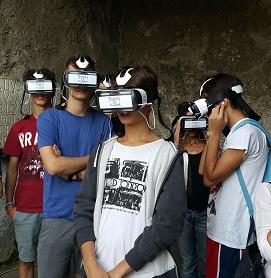
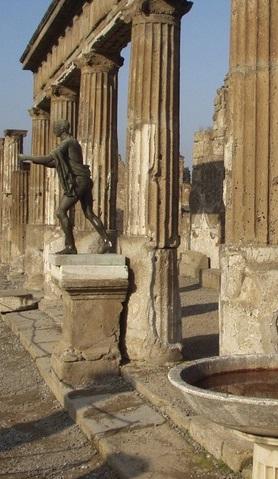
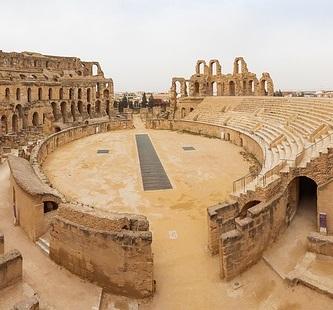
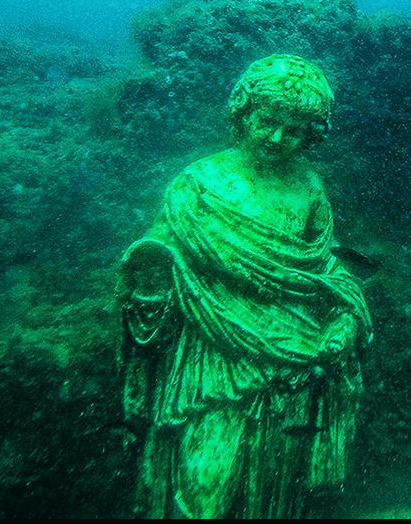
Typical accommodation
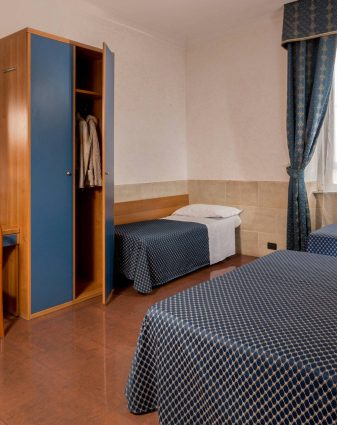
Why groups like it:
Facilities:
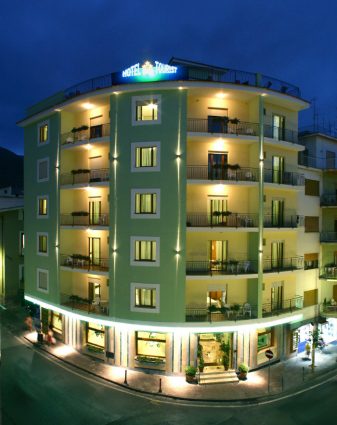
Why groups like it:
Facilities:
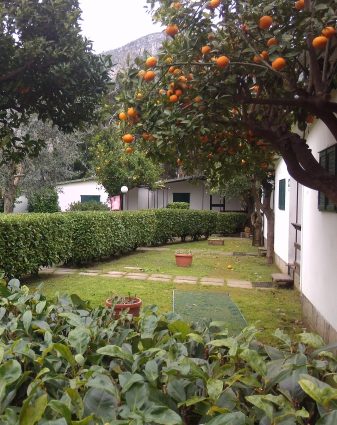
Why groups like it:
Facilities:
Classics trip learning outcomes
Subject focus
Classics students can:
- Study the remains of Roman civilisation to see what can be reconstructed and understood from these buildings
- View archaeological sites and sculptures specified in OCR/AQA syllabuses
- Observe the connection between the ancient civilisations of Rome and Greece
Student outcomes
Students will have had an opportunity to:
- Study Roman architecture and modern archaeological techniques at first hand
- See the great ancient sites they’ve learnt about in their studies
- Evaluate the historical and continuing influence of Roman themes and ideas
- Understand the connection with ancient Greek civilisation



